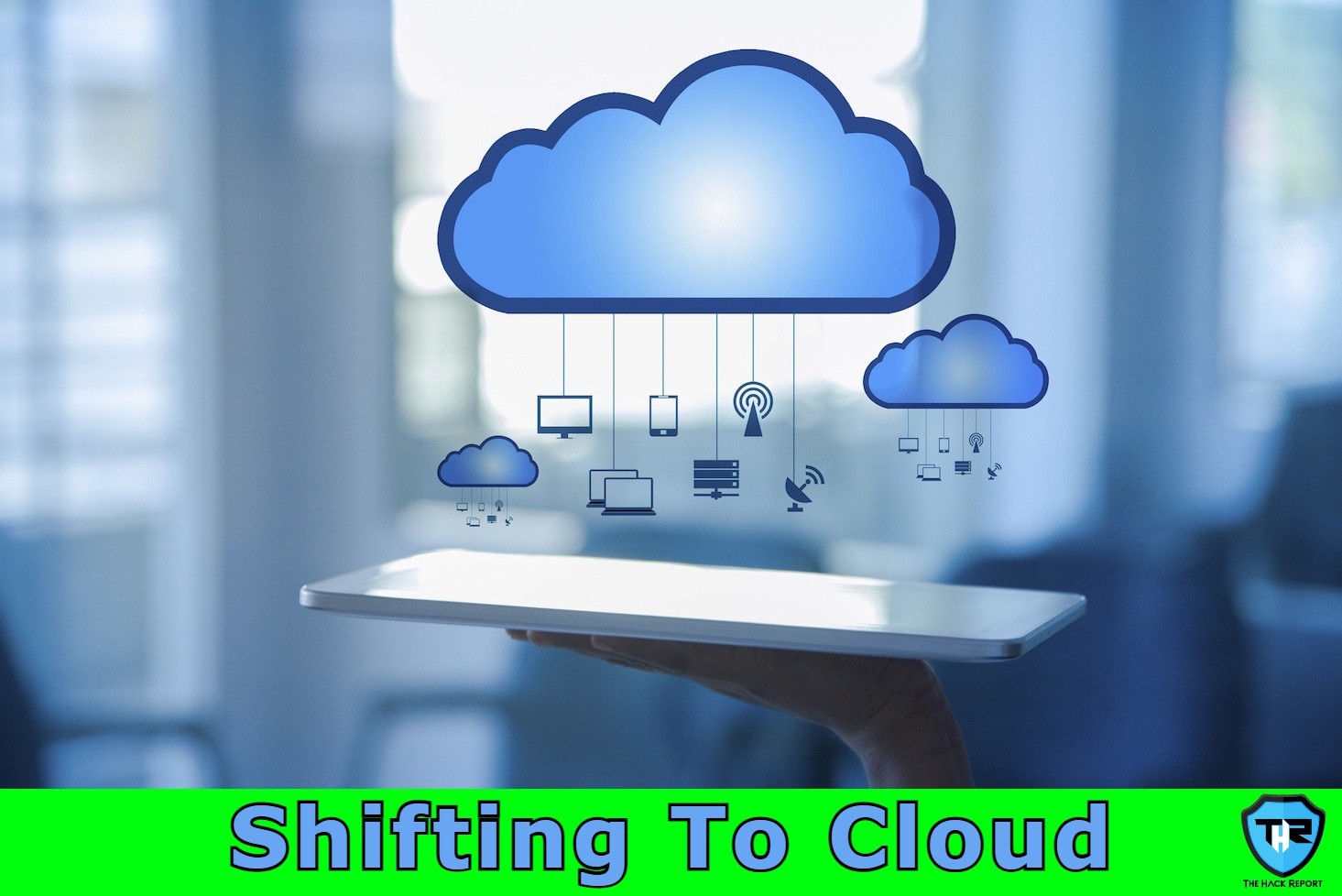Shift Of Organizations To Cloud Prior To Pandemic

The comparison lies between two scenarios when observing the impact of the pandemic on business. One scenario is the shift of organizations to the cloud prior to the COVID-19 pandemic and the other is for the organizations that didn’t.
The organizations that shifted to the cloud prior to the pandemic stays on the fruitful side when seen from the business perspective. An interview of 1,300 professionals of organizations including both that are already working with cloud and that are planning to work with cloud in coming times, revealed that only 5.8% of the organizations working with cloud faced a slowdown, while 16.4% of the organizations that are planning to work with cloud in future faced the slowdown.
Organizations that had a plan or initiative to work with the cloud, prior to the pandemic, can be observed performing greatly from a customer engagement perspective (also called the market penetration perspective), and the pandemic stood out to be an accelerator for them.
It has been quite clear that companies who had an efficient and planned strategy for cloud working are better than the ones who never planned to do so or are slow towards the strategy. Additionally, some organizations have fixed security fronts and center in cloud initiatives and are better positioned to move, as they feel they have enough and exact backups. And on the other side are the ones that are still planning.
It can be concluded that a lot of organizations thinking to shift to cloud, somewhere in their minds have doubts such as, is it the right thing to do and are they making a big mistake by shifting to the cloud. The reason that organizations that shifted to the cloud prior to the pandemic is that the cloud made those organizations much more agile. It is one of the biggest advantages that the cloud serves other than expanding and flexibility, business agility.
Several services and features of the cloud serve the organizations and excellent business agility, by utilizing the in-built abilities of the cloud to act according to the conditions of the market, which at times may get out of control, like during the pandemic.
The organizations that have been affected badly by the pandemic and are just trying to stay in business, acceleration has dropped massively for them, but that leads to a massive divide between them with one category that has adopted and passed the pandemic and the other that are thinking to adopt.
Surely this will create massive disadvantages for the organizations that are slow in this scenario. It is clear that people have willingly and unwillingly shifted to online services because of the reason that others didn’t have efficient, planned services and infrastructures of the scenario.
But this gap can be taken care of. Organizations, left behind, should start focusing and planning on what’s much more important for their business, if the cloud can accelerate it then go for it with a planned and secure method.
It should be kept in mind that security should be anyone’s top priority or else it would be a trade of a set of issues for another one. Even though the organizations that already shifted to the cloud are in a better situation but they haven’t done in a secure manner. They need to focus more on security, should think of possible security issues such as moving applications over the cloud has its own risk, what sort of data containing applications should be moved, who are the ones that should be able to access it.
These issues should be in mind and should be approached programmatically to serve security at every point. Keeping in mind the cyber situation, organizations should always keep security a top priority.
However, here the advantage lies on the organizations that are planning to work with the cloud, as they can work in a more precise, organized, and detailed manner, while the pre-shifted organizations have to go back and make changes that would be a little more expensive comparatively. Organizations should establish different teams for application and its security. And security should be in your thoughts right from when you think about a product or service, which generally is not.
Since customers and regulators are now building up pressure on organizations for security, organizations are now more willingly adopting the shift to cloud and increasing security. As an end customer or user, anyone would want that their data or personal information should always stay safe and secure, which brings trust in organizations and to maintain it organizations should act accordingly.
Scmagazine in an article suggests, “It really comes to an understanding that cloud has a different operating model – it’s not a place where I put my stuff; it’s what can I do with the power of the cloud? It’s really rethinking your business to say, “can I leverage the capabilities the cloud provides through flexibility and architectural capabilities and AI? How do I leverage those capabilities for my business?” That’s a separate thought process. And once you’ve got that framed up, then you build new applications in the cloud. You have to understand, “what am I really engaging with my customers for, what are my regulatory requirements that apply to me, what data jurisdiction or residency laws do I need to comply with, what data am I capturing that is personally identifiable or sensitive that I need to protect?” These considerations have to be baked in early to drive the controls that you build as you start operating in the cloud or moving applications to the cloud, or building new applications in the cloud.”
If you like this article, follow us on Twitter, Facebook, Instagram, and LinkedIn.




